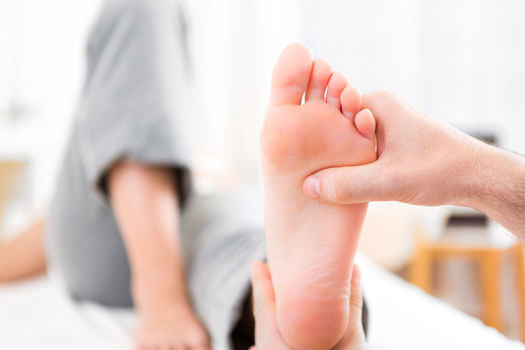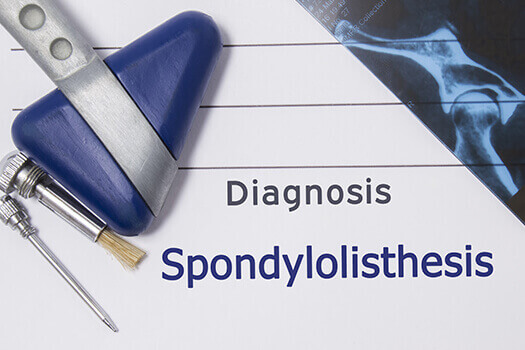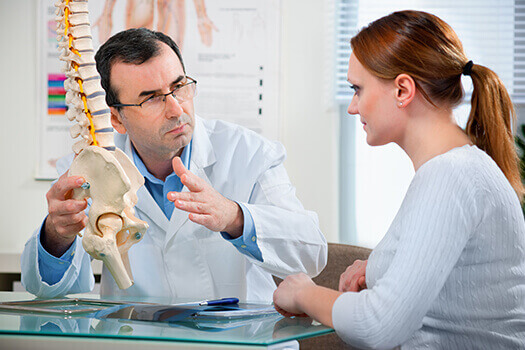Some spine conditions existing before or at birth present no serious problems and oftentimes disappear by adolescence or adulthood. Nonetheless, there are some congenital spine issues parents should be mindful of during regular exams prior to birth and during the […]
Pain stemming from age-related changes to joints and tissues is known as degenerative disc disease (DDD). Despite its name, DDD is not technically a disease. Instead, it is a set of symptoms connected with some type of disc damage. Commonly […]
Due to the location of most spinal tumors, it’s not unusual to have some type of growth on or near the spine and not be aware of it until nerves are affected. Even when a tumor is benign, it may […]
Discs that cushion the cervical spine provide protection to the bones of the neck. Over time, motions and movements in the neck may lead to some type of cervical disc degeneration. Gaining some insights into how this process occurs may […]
A rare disorder affecting a bundle of nerves at the base of the spinal cord, cauda equina syndrome (CES) often requires urgent assistance. The resulting nerve compression can be due to a herniated disc in the lower spine, a narrowing […]
Located in the buttocks by the hip joint, the piriformis muscle contributes to almost every motion of the hips and legs. If this often overlooked muscle becomes irritated, it may affect the nearby sciatic nerve. When inflammation or irritation of […]
Affecting approximately 5 to 7 percent of the population, spondylolisthesis is a condition that results in a bone of the spine (vertebra) slipping below an adjacent bone and shifting the natural alignment of the spine. There are two types of […]
Though more often developed in childhood, adult tethered cord syndrome can go undetected until later in life. Related to spina bifida, this condition is characterized by a spinal cord located in an abnormally low position within the spinal canal. Spine […]
Sometimes referred to as “round back,” kyphosis is an abnormal curvature of the spine that is more common in women. However, anyone can develop the condition, and it may even be present at birth. There are 7 specific types of […]








